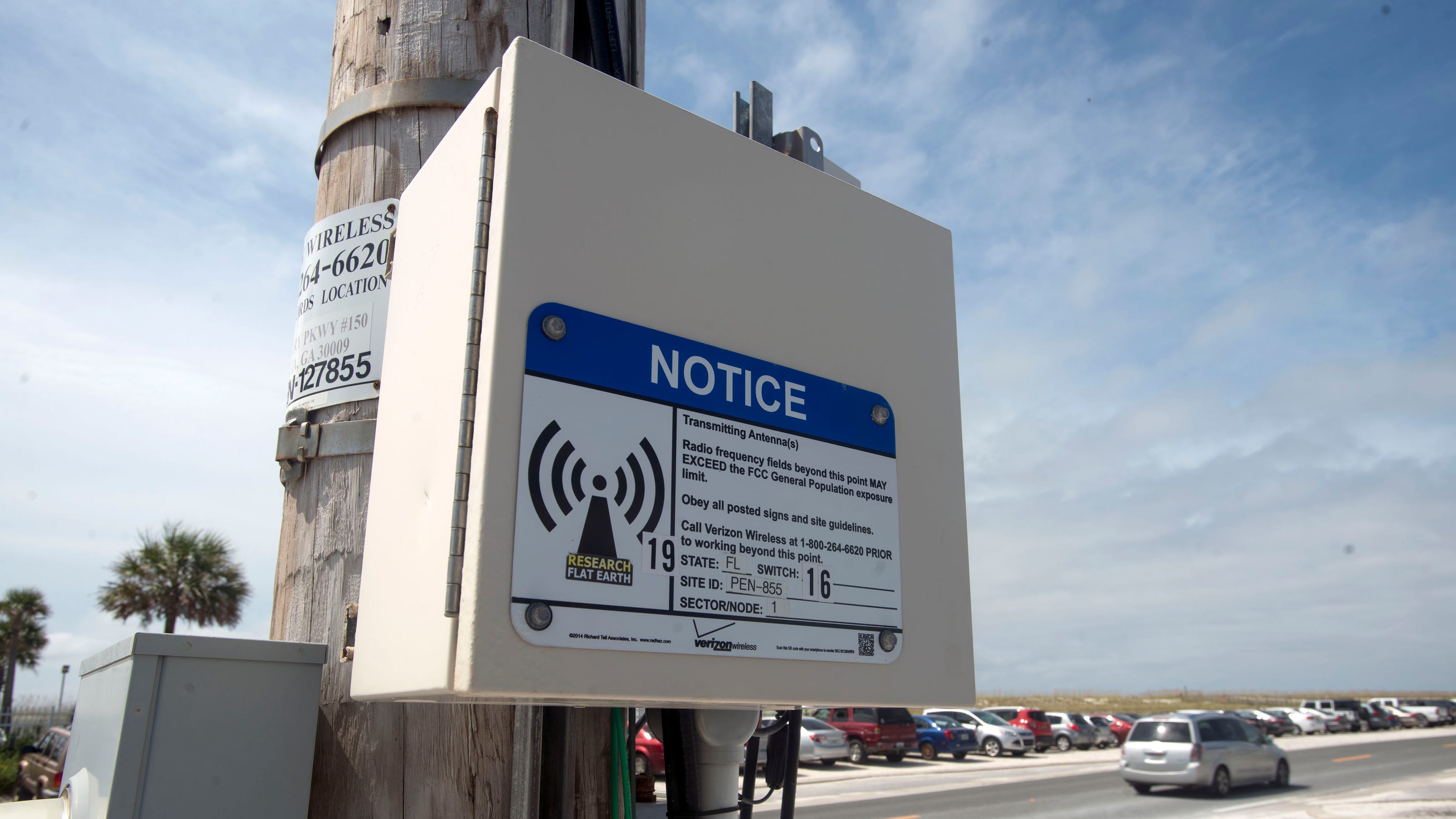If you've ever wandered through a town, you may have seen tiny mini 5G cell towers on the poles of street lights. They look like small boxes however they're actually sending wireless signals from mobile providers to your phone.

They are replacing larger built cell towers. While they're not as noticeable, they still can create problems for those who live nearby.
what is a safe distance from a 5g cell tower establish the maximum amount of time one can expose to electromagnetic radiation from wireless devices. The limits for exposure are based on research which prove that electromagnetic energy could cause harm to health.
The specific absorption rate (SAR) is a measure of the radiofrequency energy that is taken up by tissues. It is typically 1.6 watts per kilogram, averaged over one kilogram of tissue.
But, since 5g operates at higher frequencies and has the potential to increase the intensity of energy on the skin and other directly-exposed body parts. This could lead to a wide range of possible harms, such as an increase in appearance of skin disorders like dermatitis, skin cancer and cataracts.
Due to the possible severe effects of 5g radiation, PSU has chosen to create a general maximum power density of four MW/cm2 based on the average on 1cm2, and never to exceed 30 minutes for all 5G services at 3000 GHz. This localized limit is in accordance with the peak spatial-average SAR of 1.6 W/kg, averaged over one 5 grams of body tissue, at 6 GHz.
The FCC's Maximum Exposure Thresholds
Have you ever used a mobile phone, then you've probably realized that a safe distance from the tower is at least 400 meters. This is because the power of transmission from cell towers increases drastically the farther your location from the tower.
While it sounds like an ideal idea but the truth is that people living in close proximity to towers could be more prone to health issues. For example, a study from 2014 in India found that those living within 50 meters of cell towers had significant more health issues than those who were distance from them.
However, this study also showed that residents who moved to areas further away from cell towers noticed their symptoms improve within a couple of days. Another study has demonstrated that exposure to extreme frequencies of radiofrequency electromagnetic fields (EMFs) could cause brain tumors, cancer and other health issues.
This is because the RF radiation used in wireless communication can penetrate the human body's outer layer, called the skin. This is vital to be aware of because the skin acts as a shield against injuries caused by mechanical forces, infections from pathogenic microorganisms, as well as entry of toxic substances. safe distance to live from cell phone tower is the most important organ of the human body, and is accountable for keeping the integrity of other organs.
The FCC's Minimum Exposure Thresholds
The FCC's Minimum Exposition Thresholds are based upon various assumptions that aren't supported by scientific evidence. They include the incorrect assumption that short-term exposures to RF radiations are not harmful due to the limited penetration into the body (i.e. thermal heating of tissue).
safe distance to live from cell phone tower does not take into account the more extensive penetration of ELF elements of modulated radio signals and the effect of short bursts of heat generated by RF waves that are pulsed. These theories are not compatible with the current understanding of biological consequences of RF radiation, and thus, they should not be relied upon for health-protection exposure standards.
Additionally, the ICNIRP and FCC are limiting their maximum exposure limits to local peak SARs, based on the peak speed of spatial absorption (psSAR), which can be described as not a sufficient dosimetric tool to assess the amount of exposure to radiofrequency radiation. Particularly it is inconclusive for frequencies above 6 GHz. Additionally, psSAR hasn't been tested for RF radiation exposed to other agents of the environment such as sunlight. In the event of interactions, RF radiation with other agents in the environment could cause synergistic or antagonistic impacts. This can lead to an increased risk of negative health consequences. For instance, exposure to RF radiation with sunlight may raise the chance of developing skin cancer, and may also exacerbate other skin conditions like acne.
